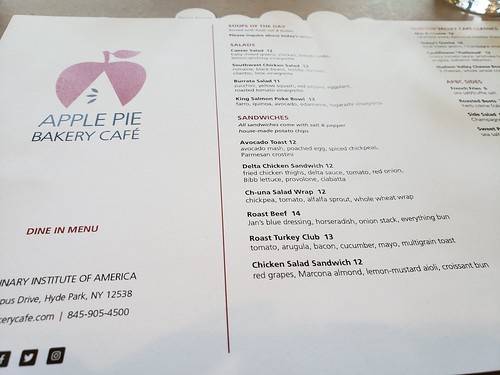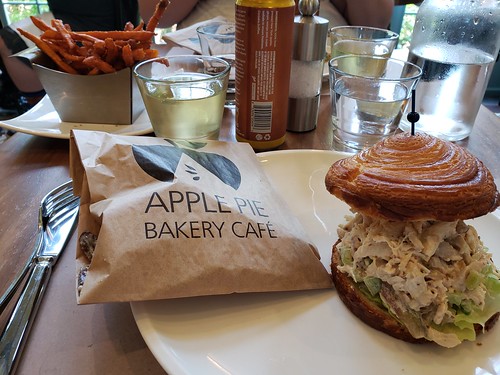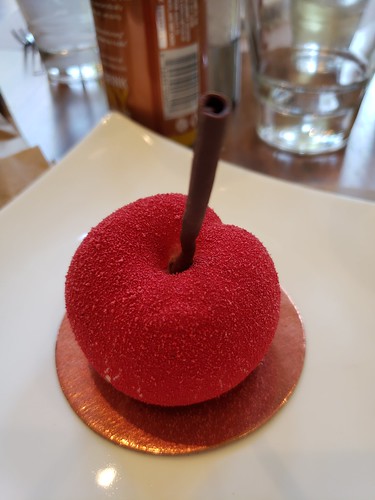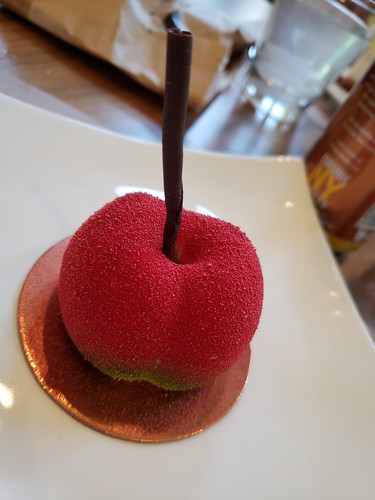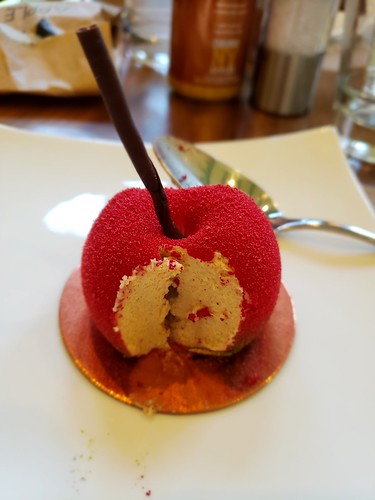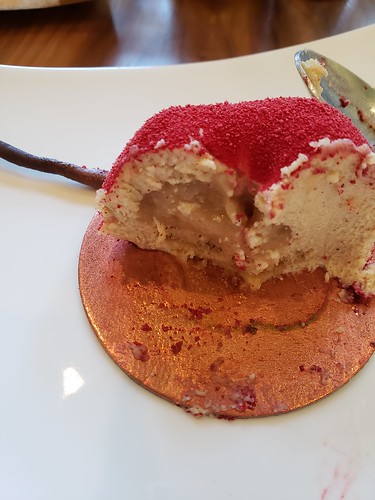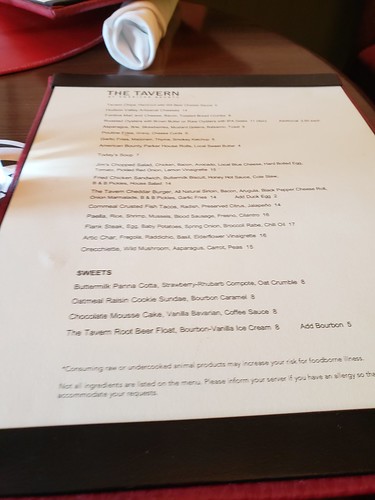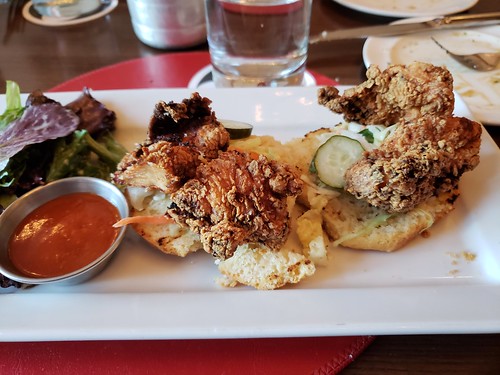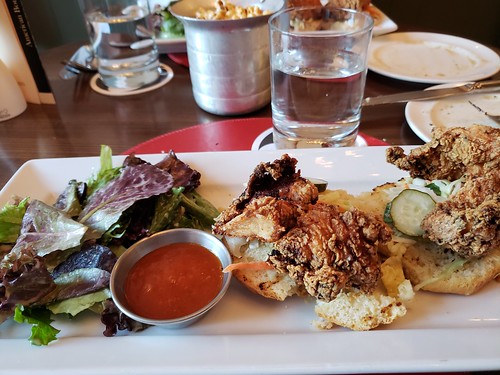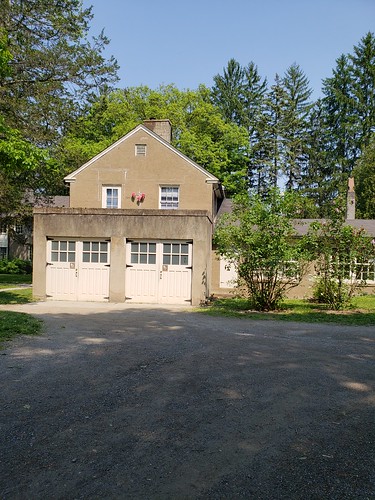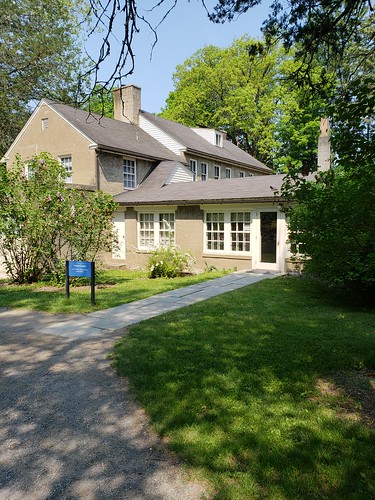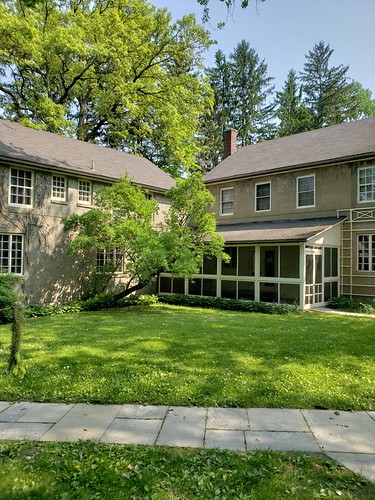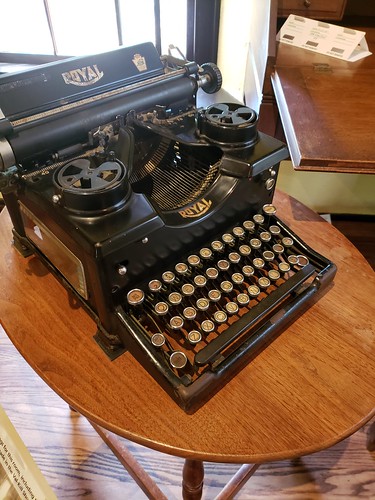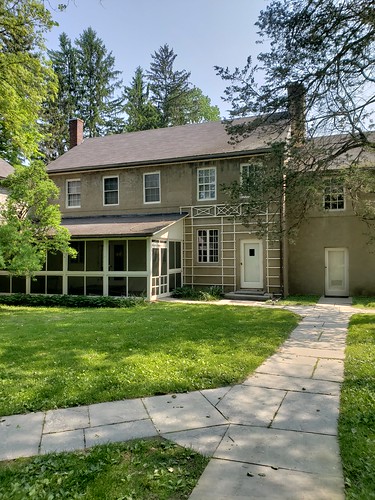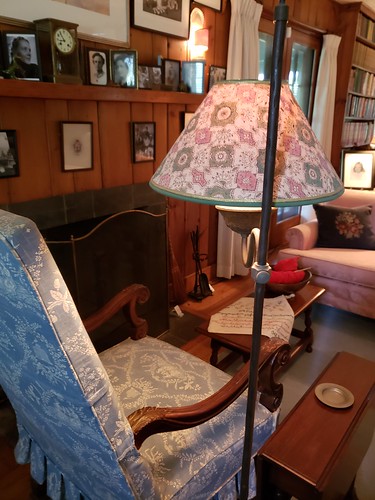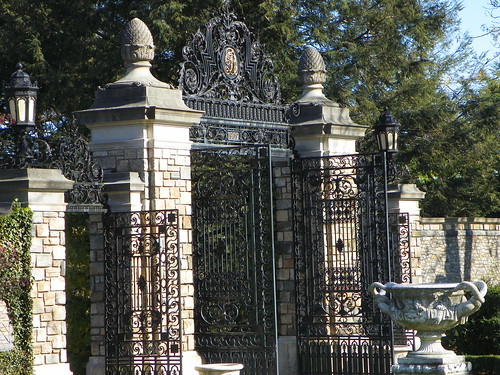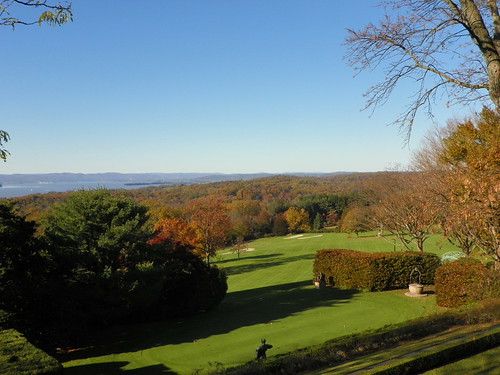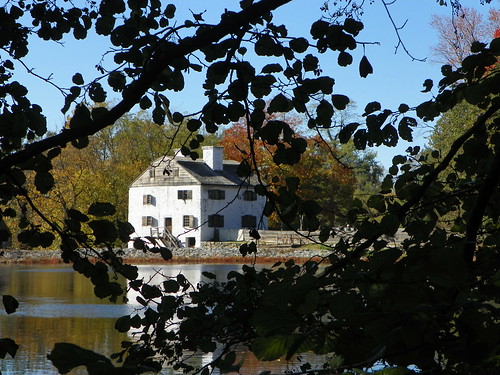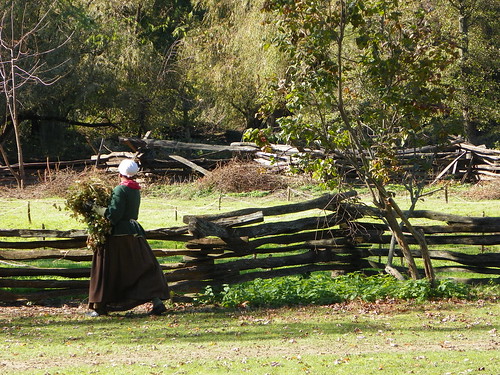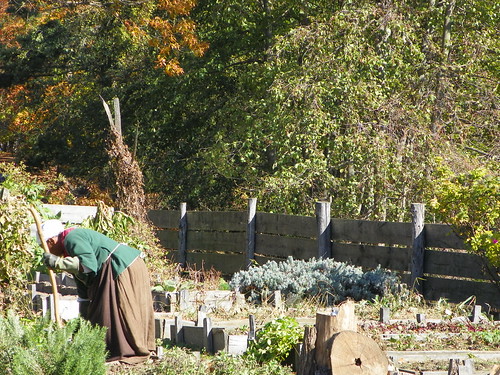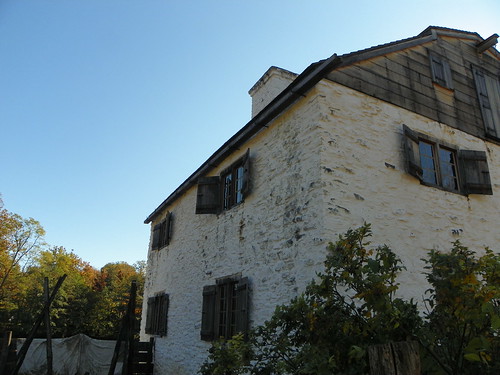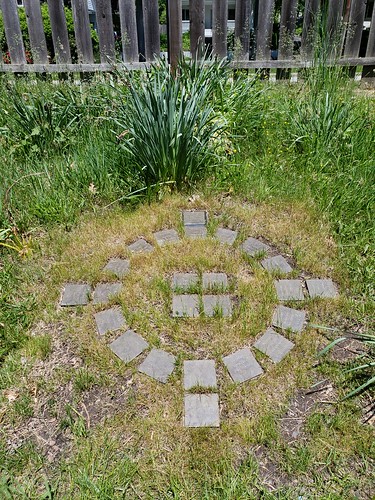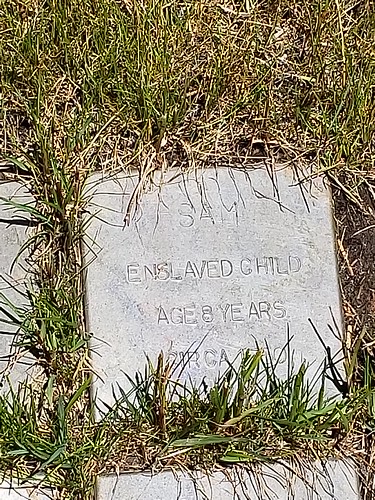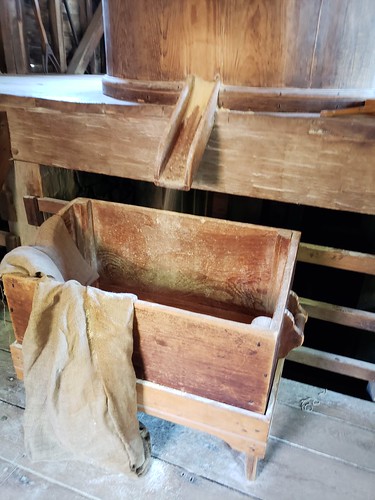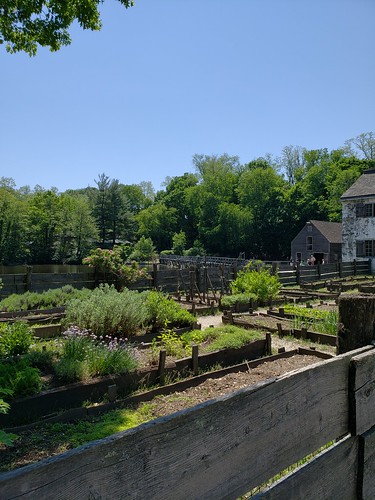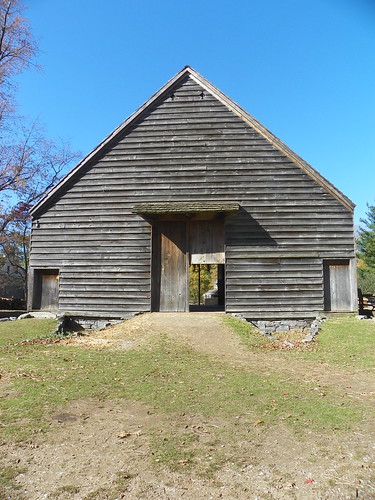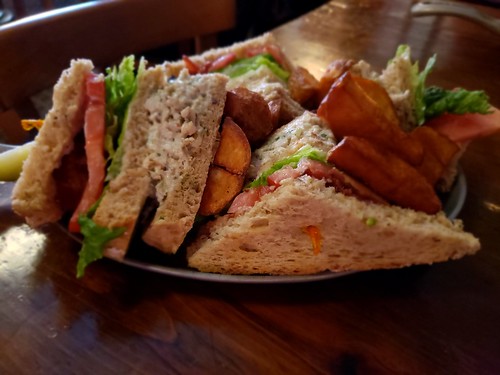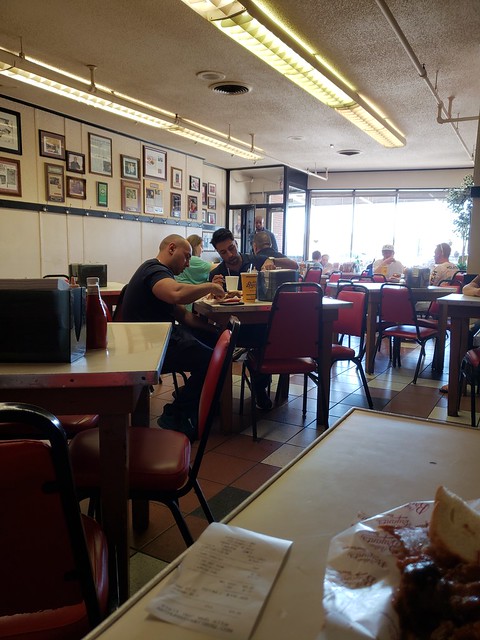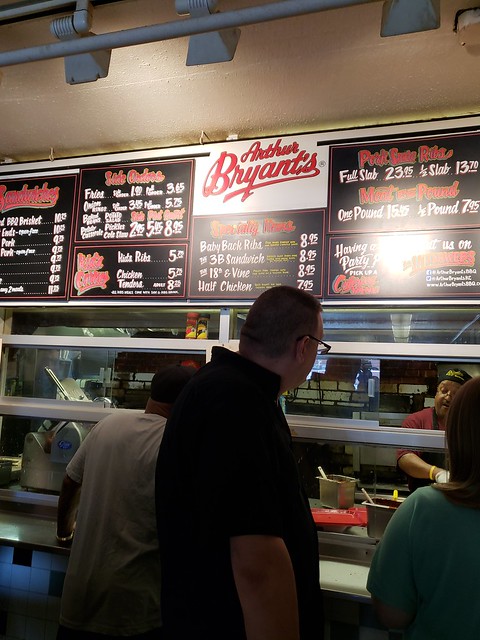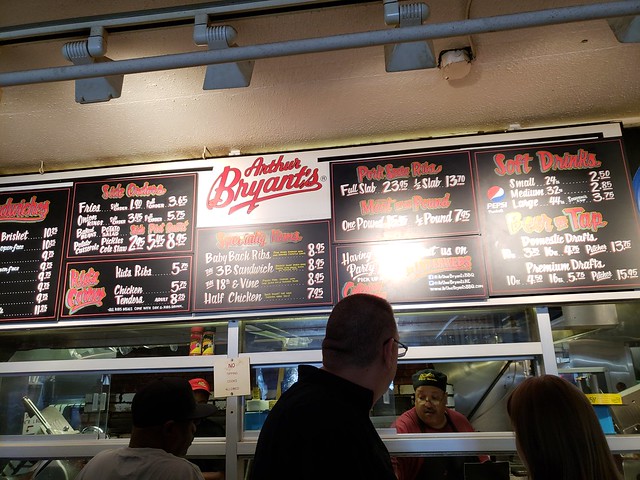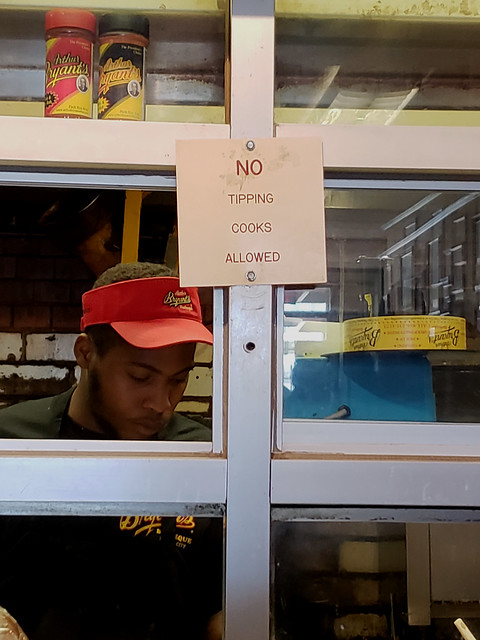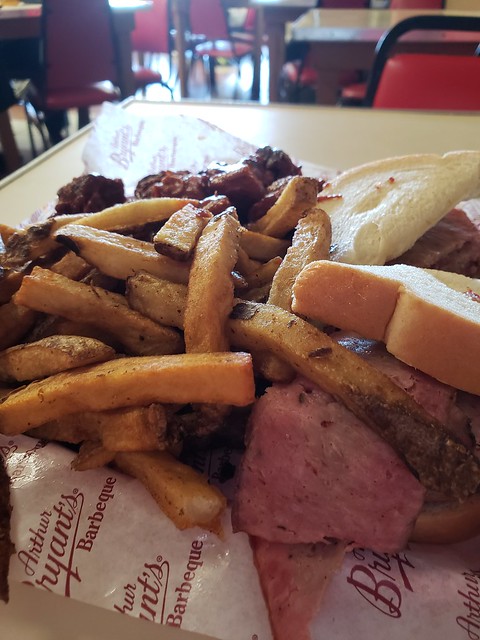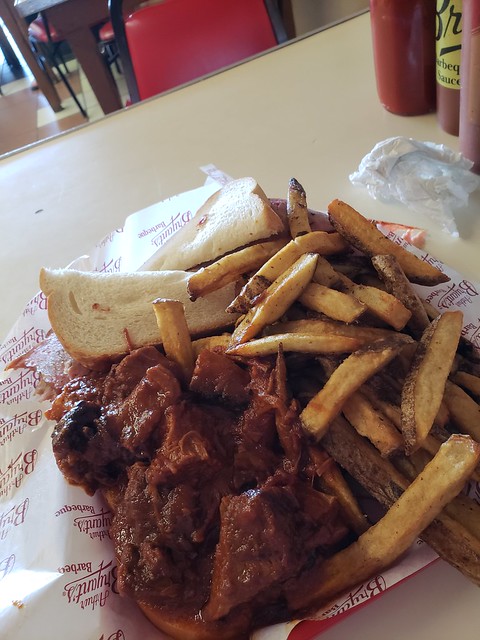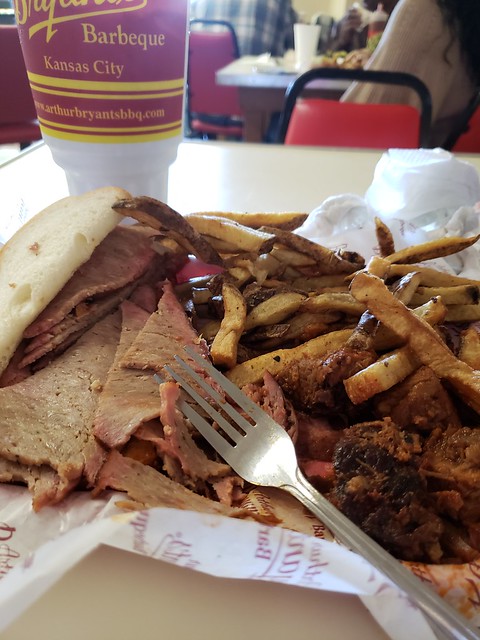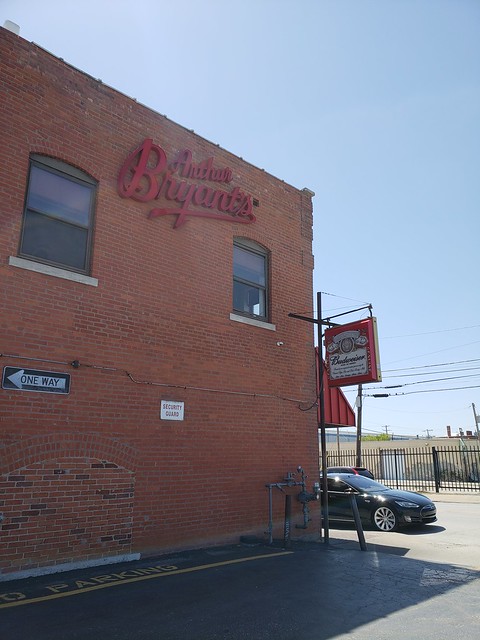This was FDR’s childhood home; he was actually born here (on
January 30, 1882) in a home and farm overlooking the Hudson River. He grew up
loving both the river and the valley. He
eventually expanded the property from 110-acres to nearly 1500-acres and
planted over half a million trees.

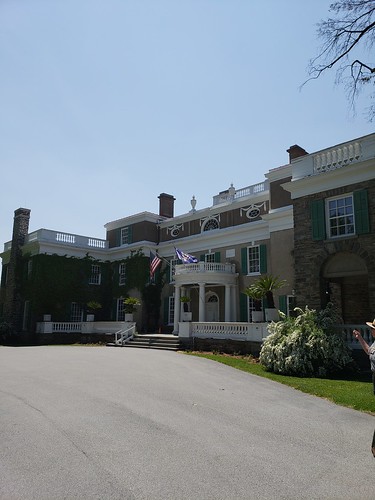


His interest in planting and farming eventually became the
New Deal and Civilian Conservation Corps.
One of the first New Deal programs was aimed at helping farmers retain
their land, moved families into government subsidized rural communities and
provided farmers decent housing, cooperative work and farming, and education.


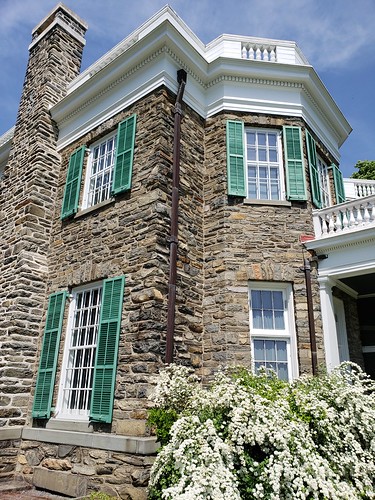
The CCC provided jobs to unemployed men, age 17-28. They planted over 3 billion (yes, billion) trees and built over 800 parks. (Remember Eleanor also established Val-Kill to help farmers and families at Val-Kill at this time, as well. In fact, I suspect, FDR developed the federal programs based on her work at a local level. – ‘Cause she’s a BOSS!)
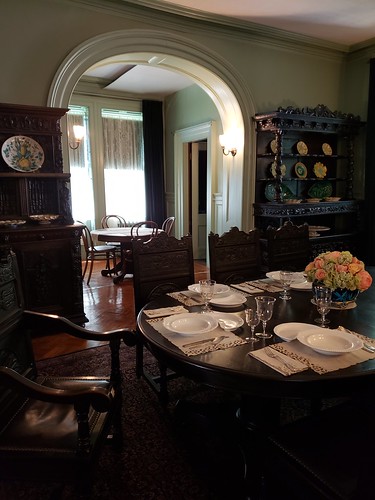




The CCC provided jobs to unemployed men, age 17-28. They planted over 3 billion (yes, billion) trees and built over 800 parks. (Remember Eleanor also established Val-Kill to help farmers and families at Val-Kill at this time, as well. In fact, I suspect, FDR developed the federal programs based on her work at a local level. – ‘Cause she’s a BOSS!)


FDR married Eleanor in 1905 and they resided in both the
Hyde Park house and a New York townhouse.
Together they had 6 children (one dying in infancy), whom were primarily
raised on the Hudson Valley property.

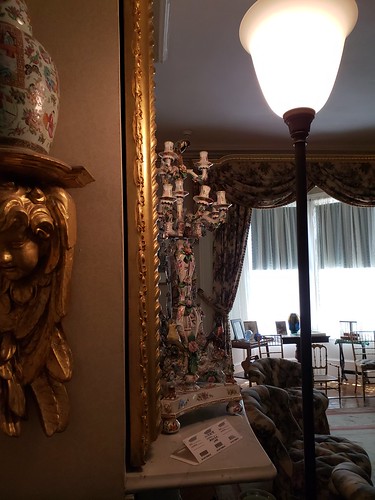


After FDR contracted polio (in 1921) and was paralyzed from
the waist down, the multi-level house was modified to his needs with ramps
along short steps. A trunk lift,
installed years before to move luggage, became his access to the second floor.

Y'all! This room is called The Snuggery, and I think every home should definitely have a snuggery!
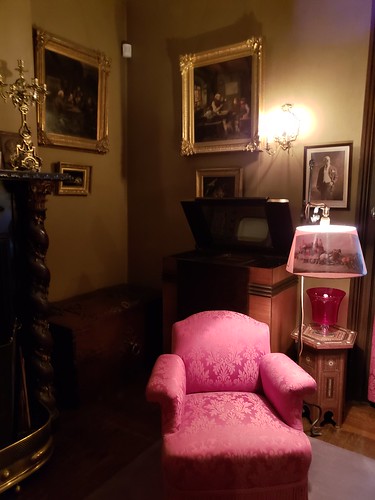

They rigged up a ramp down the center of the stairs so FDR could still use the library, and meet hold meetings in the library. The wheelchair was almost never seen. He would already be in the library and seated in a chair before a visitor was allowed in the library.


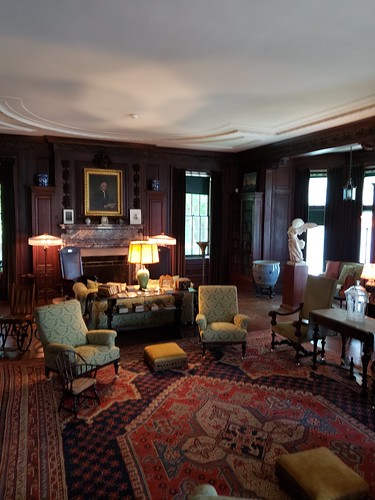
After wander the ground floor for a bit, we climbed the stairs to the second level where we were turned loose again. Rangers at both Val-Kill and the Roosevelt home made it abundantly clear that Eleanor and FDR’s mother, Sara, did not like each other. And this is where I lose a lot of respect for Franklin. He moved his poor wife into his mother’s house and it was miserable for her. It was no wonder she built her own house and tried to avoid “the big house”.

Y'all! This room is called The Snuggery, and I think every home should definitely have a snuggery!


They rigged up a ramp down the center of the stairs so FDR could still use the library, and meet hold meetings in the library. The wheelchair was almost never seen. He would already be in the library and seated in a chair before a visitor was allowed in the library.



After wander the ground floor for a bit, we climbed the stairs to the second level where we were turned loose again. Rangers at both Val-Kill and the Roosevelt home made it abundantly clear that Eleanor and FDR’s mother, Sara, did not like each other. And this is where I lose a lot of respect for Franklin. He moved his poor wife into his mother’s house and it was miserable for her. It was no wonder she built her own house and tried to avoid “the big house”.
To make it all worse – the adults (FDR, Sara, and Eleanor) had their own little bedroom wing, I know he was sickly, and I know that Eleanor didn’t live there full time, but still... He may have been a great president, but I don’t think he was a particularly good husband. That whole situation was a giant bowl of Nope.
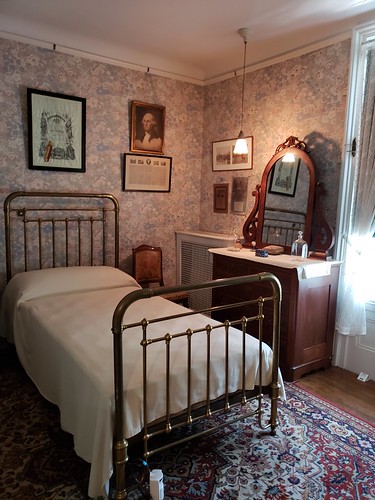
FDR was born in this room:
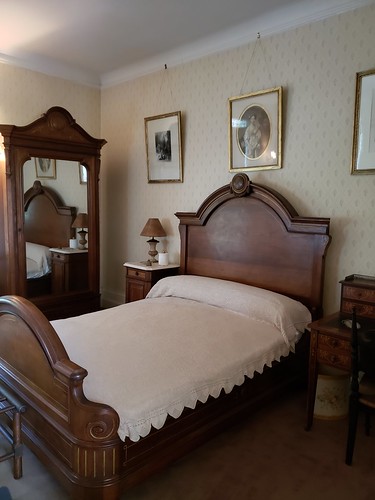
FDR's bedroom:
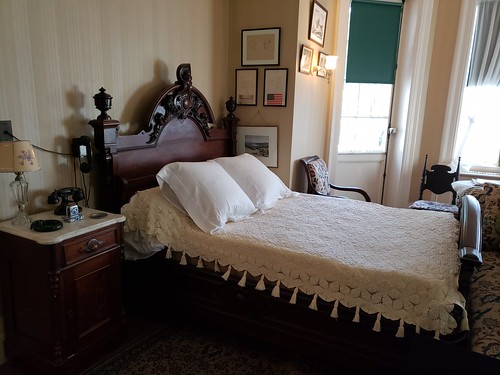
Eleanor's bedroom:
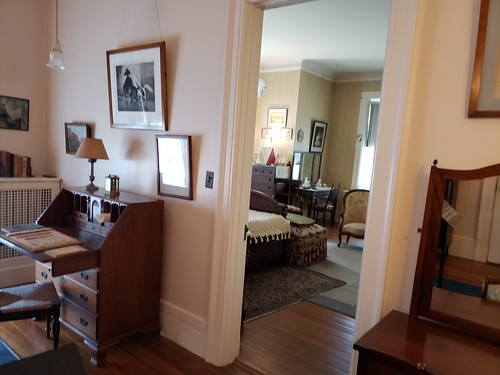

Sara's bedroom - it was her wish (since she knew FDR would be leaving the house to the National Park Service) that her master bedroom furniture be moved back to the birthing room once after her death. This room was then turned into a guest room for several years.
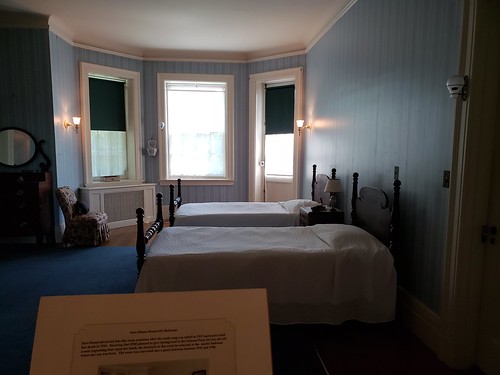

Top Cottage:
Oh you thought the tour of the house was informal. Well, pull up a seat because it was nothing
compared to Top Cottage. While now Top
Cottage is owned and managed by the National Park Service, it was privately
owned for over 50 years after FDR’s death. In 2000, the property was turned
over to NPS. There is reproduction
furniture in the living room and on the porch, but this is one place where
you’re encouraged to take a seat and have a casual chat.




FDR built Top Cottage as a refuge from the mob. The Hyde Park house had been that refuge for
a long time, but with kids, a mom, neighbors who got wind of a visit and
dropped by, the telephone, etc. he found it more and more difficult to relax
and unwind there.
Although, Hyde Park had been renovated to accommodate his wheelchair, he also wanted a place where he could be physically independent. Top Cottage was designed and built exclusively for someone in a wheelchair. There are no stairs on the first floor (to the front door, or porch), no thresholds between rooms so the wheelchair could easily move about house, the porch was extra wide, and the low hung windows provided a perfect view for the host or seated guests. Even the bathroom mirror was hung to be used by a seated person. An earthen ramp was built off the side of the porch.


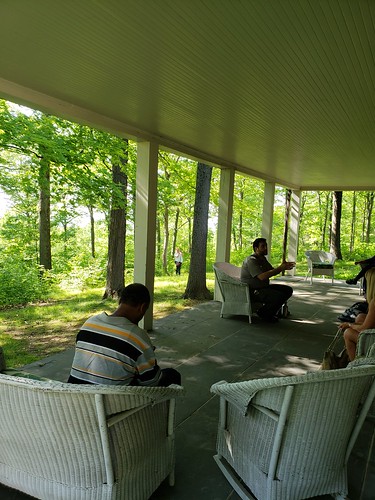
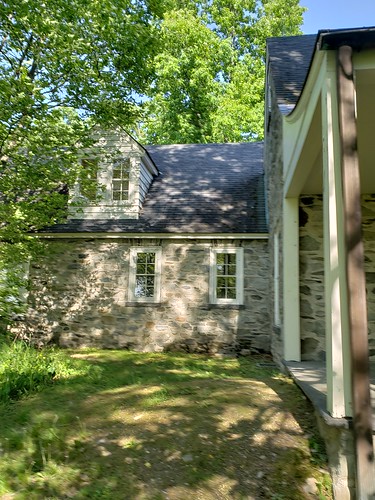

Although, Hyde Park had been renovated to accommodate his wheelchair, he also wanted a place where he could be physically independent. Top Cottage was designed and built exclusively for someone in a wheelchair. There are no stairs on the first floor (to the front door, or porch), no thresholds between rooms so the wheelchair could easily move about house, the porch was extra wide, and the low hung windows provided a perfect view for the host or seated guests. Even the bathroom mirror was hung to be used by a seated person. An earthen ramp was built off the side of the porch.





FDR was planning Top Cottage primarily as a retirement
getaway, but it was used liberally between for private visits with close friends
and associates between 1939 and his death in 1945. FDR also invited world
leaders to Top Cottage to discuss foreign policy issues in the informal,
intimate setting. The first such
visitors were the Crown Prince and Princess of Norway in April 1939. King George II of Greece followed shortly
thereafter.
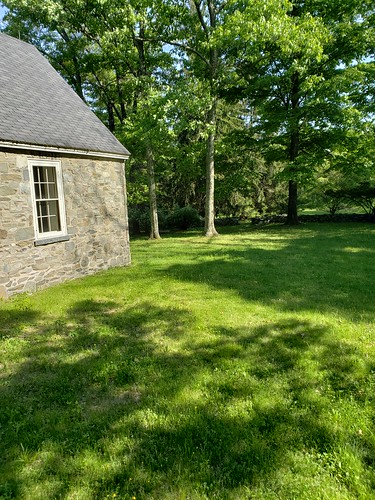

The most famous visit to the cottage happened when King
George VI and Queen Elizabeth of Great Britain visited the U.S. to strengthen
ties between countries on the cusp of World War II. The menu included traditional foods like
smoked turkey and Virginia ham, but much was made in the press of his decision
to serve the royal family hot dogs. Even
though no press was allowed to attend, the hot dog debacle was front and
center. But the informal picnic, followed
by a visit to Val-Kill for a swim, and the formal hospitality at the “big
house” was typical of a visit to the Roosevelt’s.


Other notable visitors included, Chiang Kai-shek, Crown
Princess Louise of Sweden, Queen Wilhelmina and Princess Juliana of the
Netherlands, and PM Mackenzie King of Canada.
These visits were “unofficial” so no formal record of the Top Cottage
conversations exists.
FDR also had a softer style of governing and often welcomed
cabinet members, congressmen, ambassadors, military leaders, governors, etc.
were frequent guests at Top Cottage.



